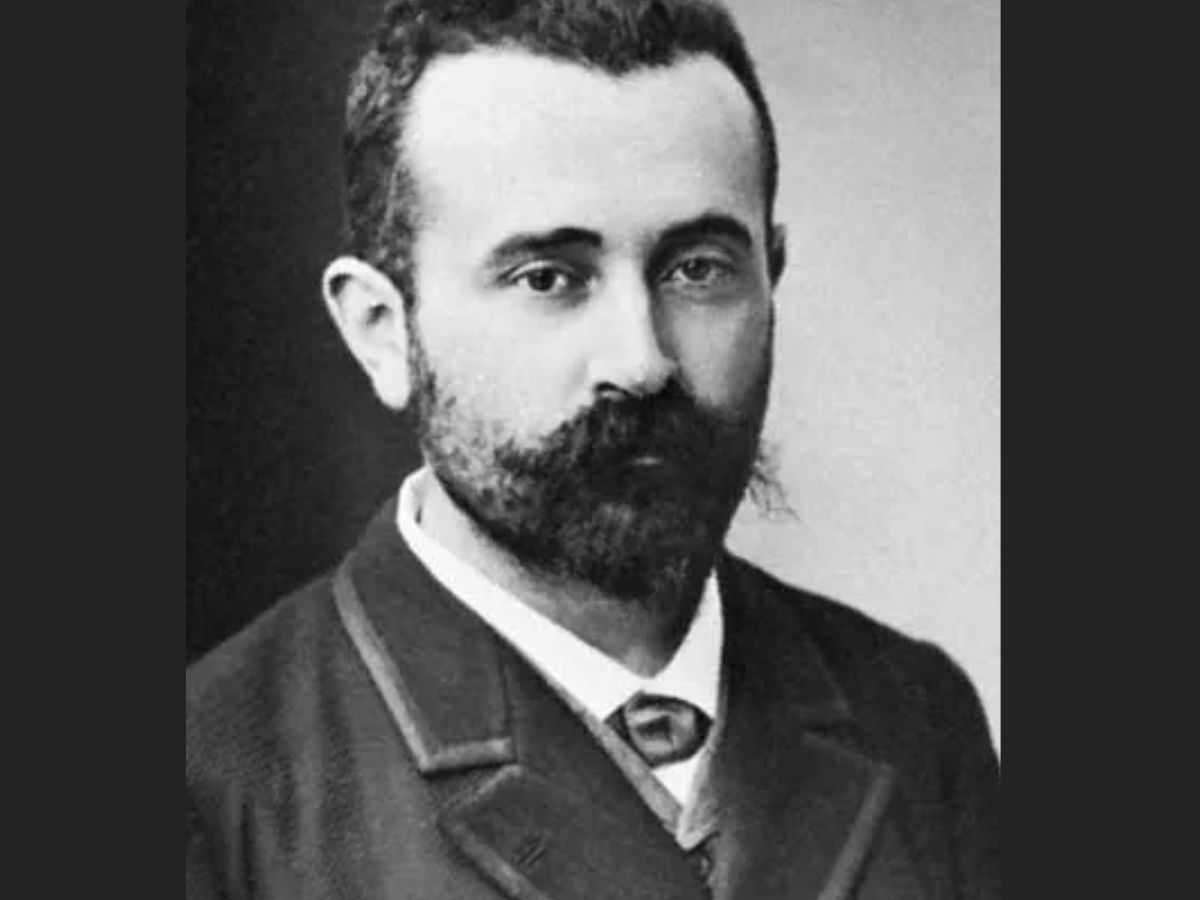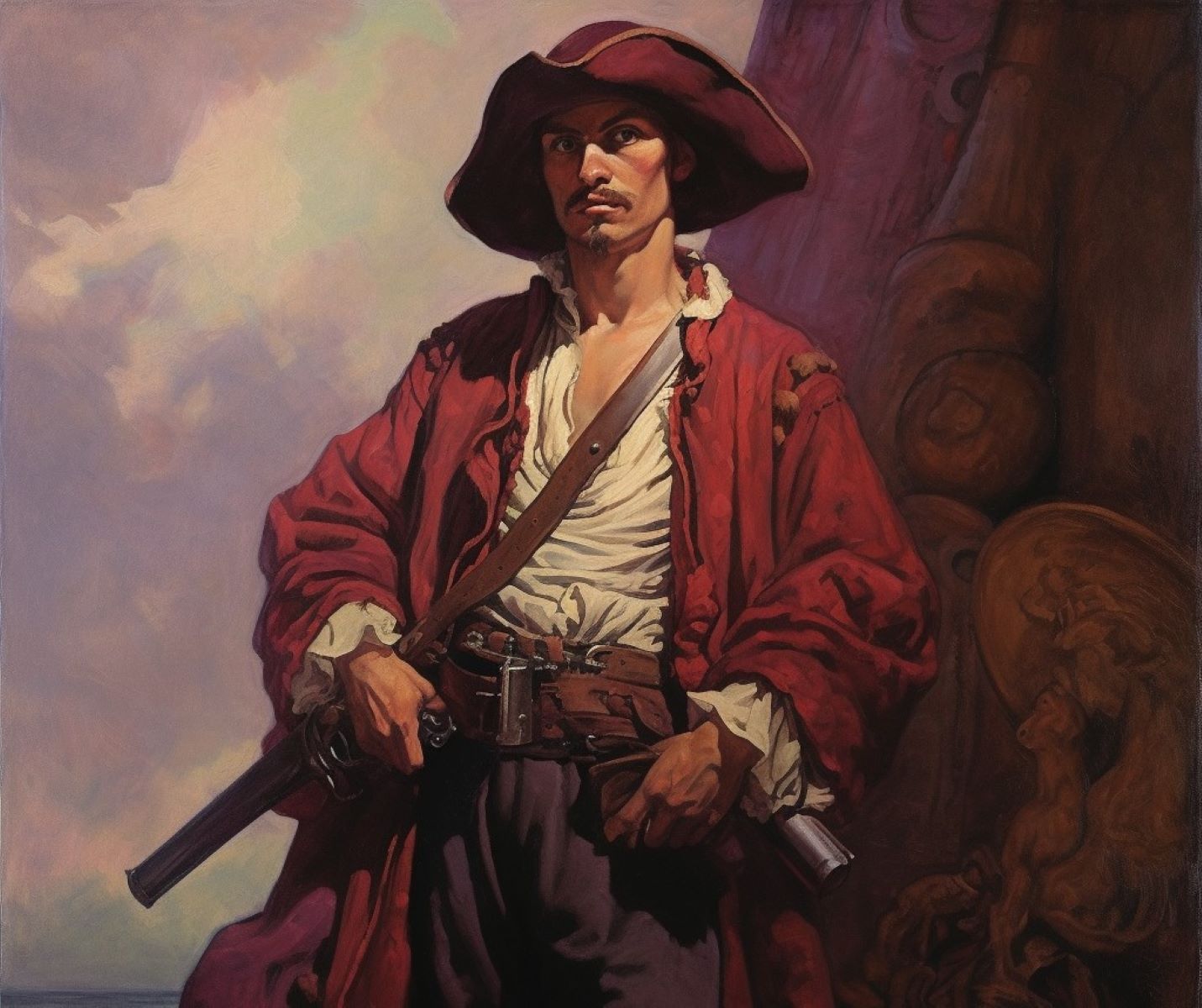
Who was Alphonse Bertillon? Alphonse Bertillon was a French police officer and biometrics researcher who revolutionized criminal identification. He is best known for developing the Bertillon System, a method of identifying individuals based on physical measurements. Before his innovation, identifying repeat offenders was nearly impossible. Bertillon's system included detailed records of body measurements, photographs, and personal information. This method laid the groundwork for modern forensic science. His work didn't stop there; he also introduced the mugshot and standardized crime scene photography. Bertillon's contributions have had a lasting impact on law enforcement practices worldwide. Curious to learn more? Let's dive into 35 intriguing facts about this pioneering figure.
Key Takeaways:
- Alphonse Bertillon, a French police officer, revolutionized forensic science with his Bertillon System, laying the groundwork for modern criminal identification techniques using precise measurements and crime scene photography.
- Bertillon's meticulous nature and innovative methods continue to influence modern forensic science, inspiring advancements in DNA profiling, digital forensics, and systematic documentation in criminal investigations.
Who Was Alphonse Bertillon?
Alphonse Bertillon was a French police officer and biometrics researcher. He is best known for developing the first scientific method for identifying criminals. Let's dive into some fascinating facts about his life and work.
-
Born in Paris on April 24, 1853, Bertillon came from a family of scientists and statisticians.
-
His father, Louis-Adolphe Bertillon, was a renowned statistician and demographer.
-
Initially, Bertillon struggled to find a career path, working various odd jobs before joining the police force.
Bertillon's Contributions to Forensic Science
Bertillon's work revolutionized forensic science. His methods laid the groundwork for modern criminal identification techniques.
-
In 1883, he introduced the Bertillon System, a method of identifying criminals based on physical measurements.
-
The system used eleven different body measurements, including head length, arm span, and foot size.
-
Bertillon also pioneered the use of mug shots, standardizing the practice of photographing criminals from the front and side.
-
He developed a method for crime scene photography, ensuring that evidence was documented accurately.
-
Bertillon's techniques were first used to solve a major case in 1884, leading to the arrest of a notorious criminal.
The Bertillon System's Impact
The Bertillon System had a significant impact on law enforcement worldwide. It was adopted by police forces across Europe and America.
-
By 1893, the system was in use in over 20 countries.
-
The FBI in the United States used Bertillon's methods until the 1920s.
-
Bertillon's work influenced the development of fingerprinting, which eventually replaced his system.
-
Despite its eventual decline, the Bertillon System was the first to introduce a scientific approach to criminal identification.
Bertillon's Later Life and Legacy
Bertillon continued to innovate and contribute to forensic science throughout his life. His legacy lives on in modern forensic practices.
-
In 1894, he testified in the Dreyfus Affair, a famous French political scandal, using his handwriting analysis skills.
-
Bertillon published several books on forensic science, including "La Photographie Judiciaire" in 1890.
-
He received numerous awards for his contributions, including the Legion of Honour in 1911.
-
Bertillon's methods were featured in popular culture, including Arthur Conan Doyle's Sherlock Holmes stories.
-
He passed away on February 13, 1914, but his influence on forensic science remains significant.
Interesting Tidbits About Bertillon
Beyond his professional achievements, Bertillon had a fascinating personal life and interests.
-
He was an avid photographer, often experimenting with new techniques in his spare time.
-
Bertillon was known for his meticulous nature, often spending hours perfecting his methods.
-
He had a keen interest in anthropology, which influenced his work in biometrics.
-
Bertillon's family continued his legacy, with his brother Jacques becoming a notable statistician.
-
Despite his successes, Bertillon faced criticism and skepticism from some contemporaries.
Bertillon's Innovations in Detail
Let's take a closer look at some of Bertillon's specific innovations and their lasting impact.
-
He developed the portrait parlé, a detailed verbal description of a suspect's physical characteristics.
-
Bertillon's anthropometry method was the first to use precise measurements for identification, reducing errors in criminal records.
-
He introduced the concept of modular identification, breaking down physical traits into measurable units.
-
Bertillon's work laid the foundation for modern biometrics, influencing technologies like facial recognition.
-
His crime scene photography techniques are still used today, ensuring accurate documentation of evidence.
Bertillon's Influence on Modern Forensics
Bertillon's pioneering work continues to influence modern forensic science in various ways.
-
His methods inspired the development of DNA profiling, a cornerstone of contemporary forensic science.
-
Bertillon's emphasis on scientific rigor set a standard for future forensic methodologies.
-
His work highlighted the importance of systematic documentation in criminal investigations.
-
Bertillon's techniques have been adapted for use in digital forensics, helping solve cybercrimes.
Fun Facts About Bertillon
Here are some lighter, fun facts about Bertillon that showcase his unique personality and interests.
-
He was a fan of detective novels, often drawing inspiration from fictional detectives.
-
Bertillon enjoyed puzzles and riddles, which helped him develop his analytical skills.
-
He once used his own system to identify a pickpocket who had stolen from him, demonstrating its effectiveness.
-
Bertillon's meticulous nature extended to his personal life, with his home organized as precisely as his forensic methods.
Bertillon's Lasting Impact
Alphonse Bertillon's contributions to forensic science changed the way law enforcement approached criminal identification. His Bertillonage system, though eventually replaced by fingerprinting, laid the groundwork for modern forensic techniques. Bertillon's meticulous approach to anthropometry and mugshots provided a systematic method for identifying repeat offenders, which was revolutionary at the time.
His work didn't stop at identification. Bertillon also developed crime scene photography methods that are still in use today. These innovations have had a lasting impact on criminal investigations, making them more precise and reliable.
Despite some controversies and limitations, Bertillon's legacy in forensic science remains significant. His pioneering efforts paved the way for future advancements, proving that meticulous observation and documentation can make a world of difference in solving crimes. Bertillon's influence continues to be felt in the field, underscoring the importance of innovation and dedication in law enforcement.
Frequently Asked Questions
Was this page helpful?
Our commitment to delivering trustworthy and engaging content is at the heart of what we do. Each fact on our site is contributed by real users like you, bringing a wealth of diverse insights and information. To ensure the highest standards of accuracy and reliability, our dedicated editors meticulously review each submission. This process guarantees that the facts we share are not only fascinating but also credible. Trust in our commitment to quality and authenticity as you explore and learn with us.


